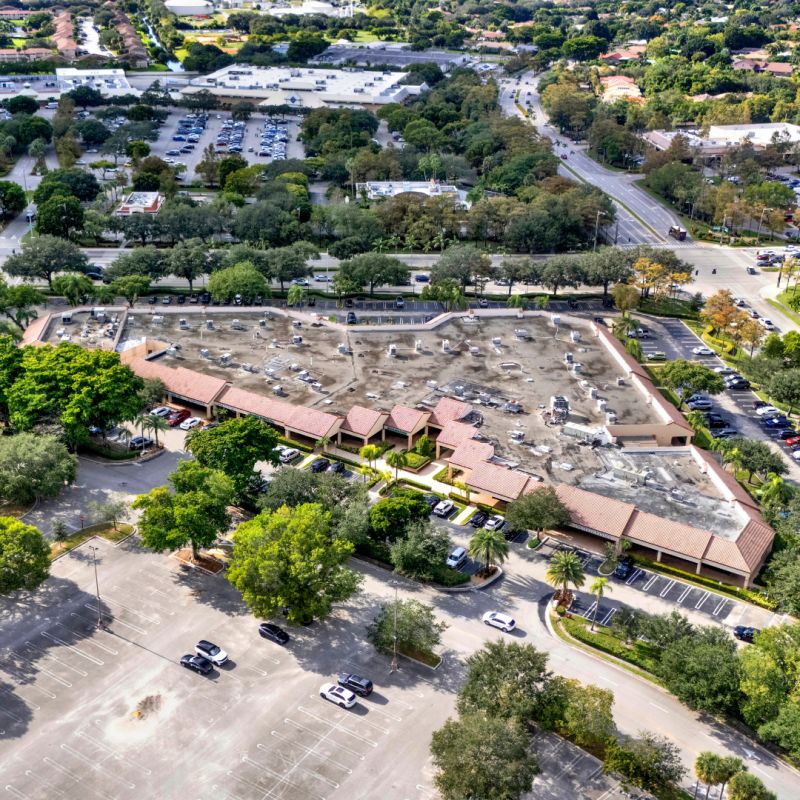T
he number of active listings has increased year-over-year, but sales remain sluggish. A new analysis reveals that it's not the overall supply of homes that drives buyer activity, but rather fresh inventory entering the market. To boost the real estate market, economists say more new listings are needed.
According to Odeta Kushi, First American's deputy chief economist, there is a strong link between new listings and existing-home sales. She notes that an increase in overall supply doesn't necessarily lead to more sales. Instead, buyers want fresh opportunities, which underscores the importance of new listings in driving market activity.
Kushi uses the bathtub analogy to explain this concept: "The water already in the tub represents active listings, but it's the water flowing in from the faucet – representing new listings – that creates movement." Her analysis shows a strong correlation between rising new listings and home sales among the top 75 U.S. metro areas.
Markets like Knoxville, Tennessee; Oxnard, California; and Omaha, Nebraska have seen significant jumps in both new listings and home sales. However, cities like Miami and San Jose have experienced an increase in active listings but a decline in sales due to weaker demand and affordability constraints.
The decline in new listings this summer coincides with the slowest pace of home sales in a decade, leaving many Americans stuck in place. To stimulate new listings, Kushi identifies two key factors: homeowners willing to give up their ultra-low rate mortgages and personal events like changes in household size or job relocations that force a move. Ultimately, the balance between these forces will shape the future of housing activity.














